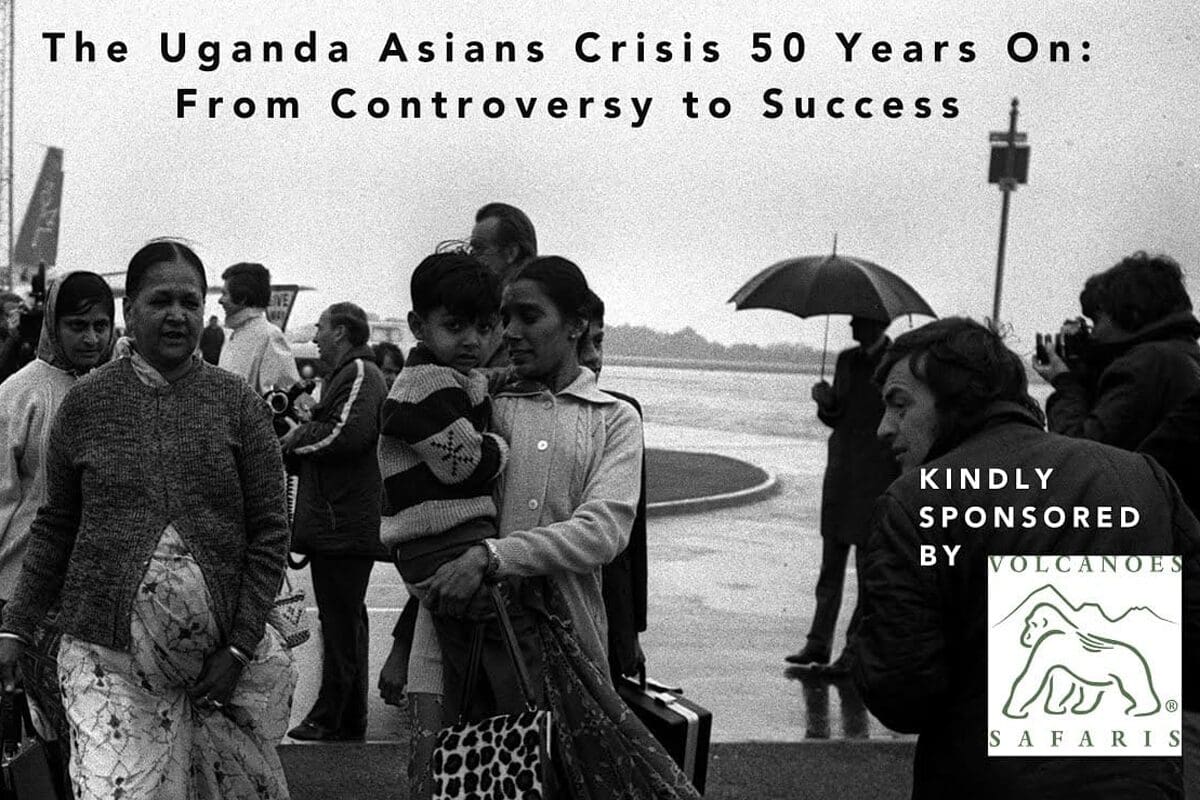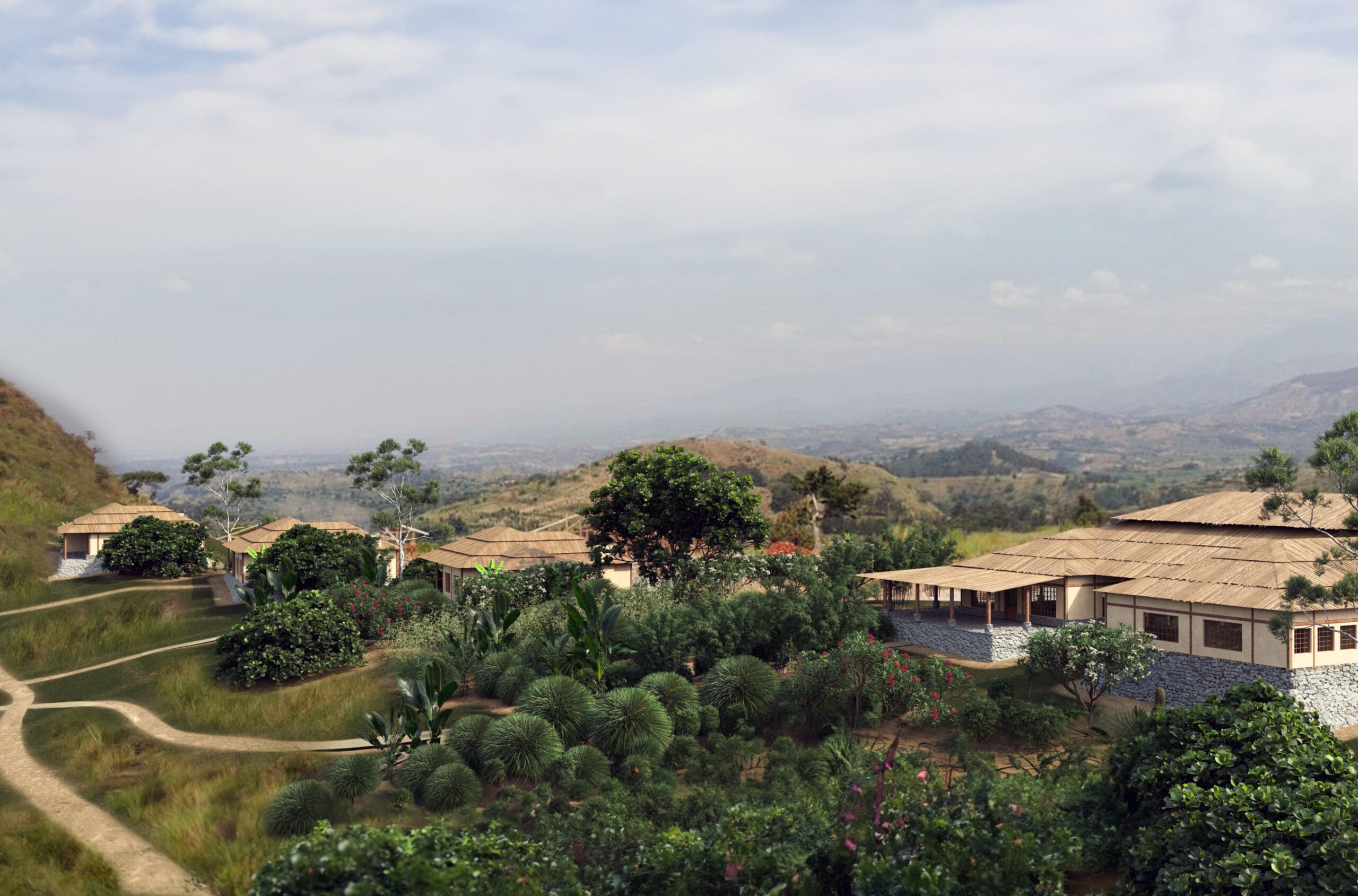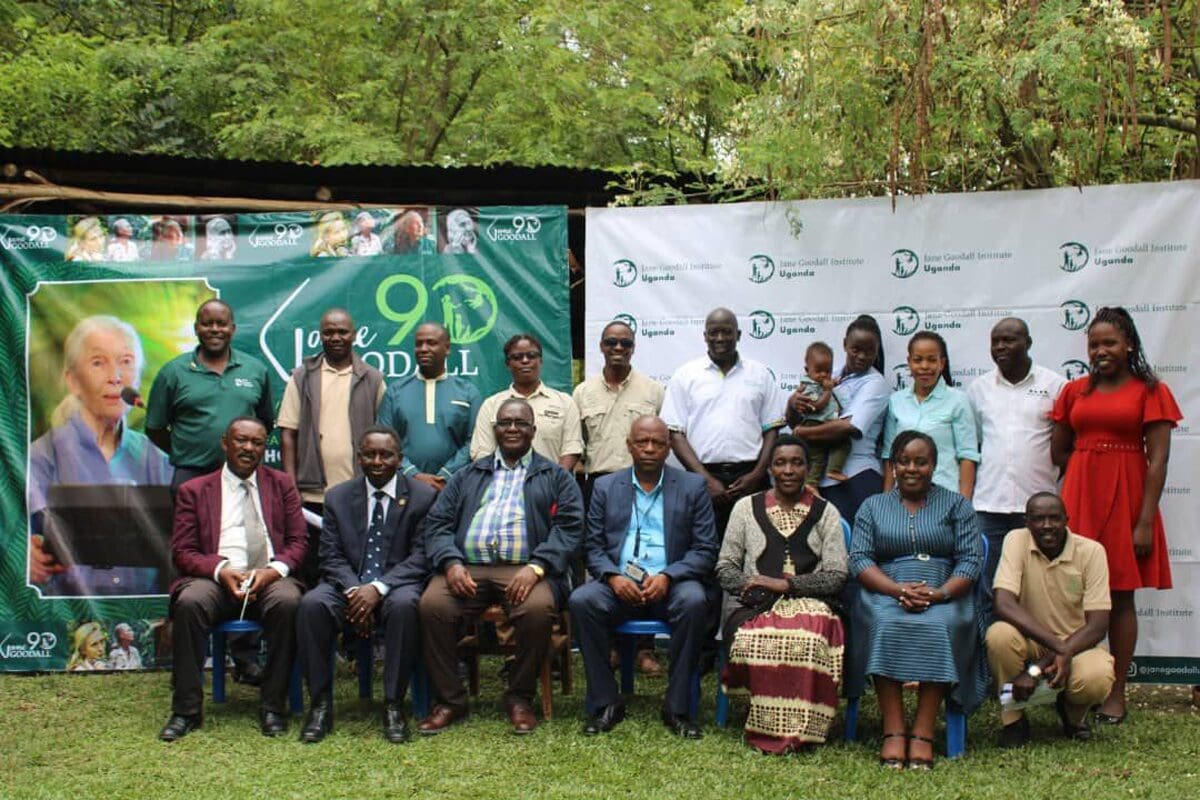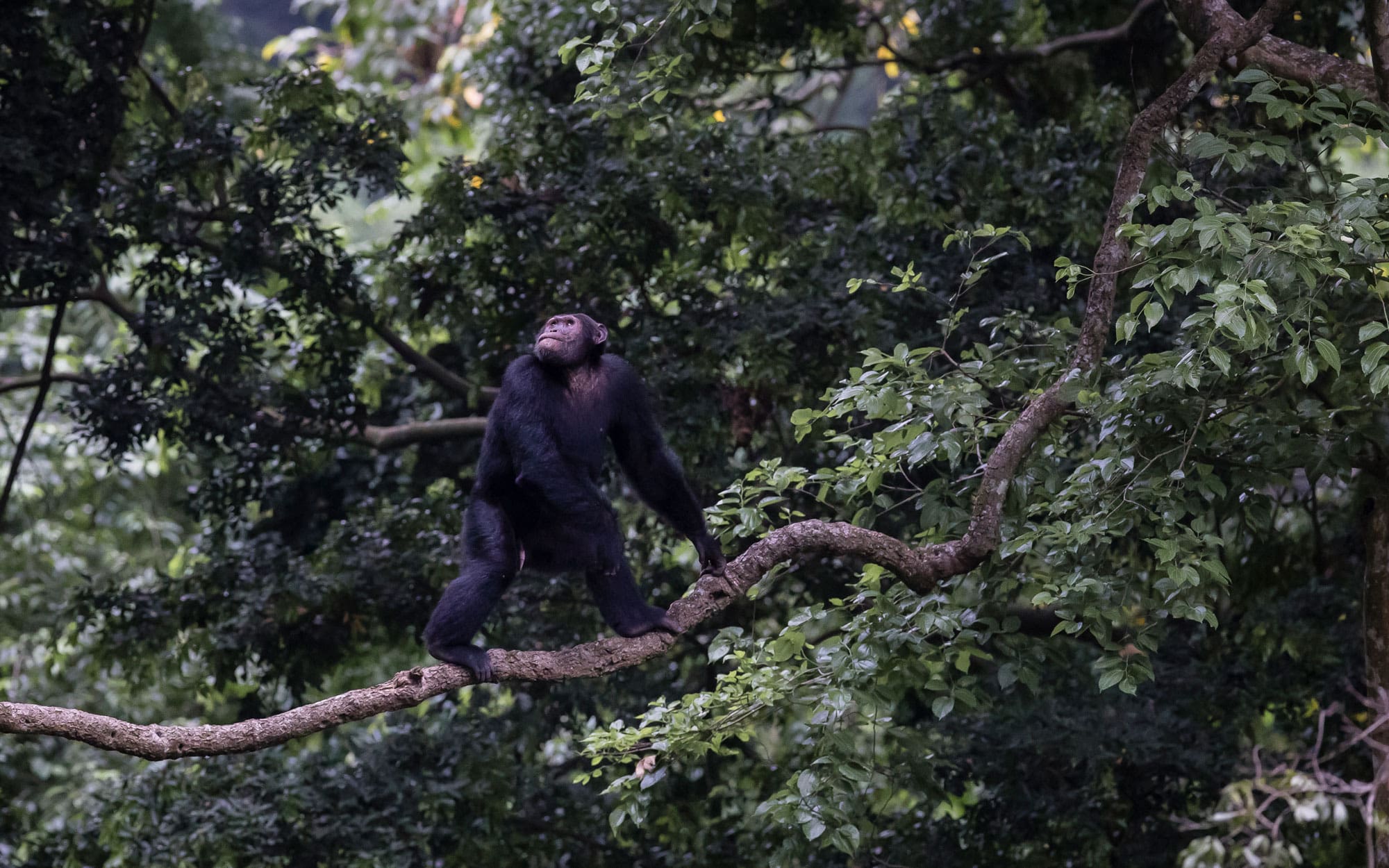On the morning of October 6, 2008, I pulled into the parking lot of the Volcanoes National Park headquarters in Kinigi, Rwanda, for my first trek to see mountain gorillas. I had come to Rwanda on a whim. At the time I was working as an adventure travel journalist, and had traveled to Africa to climb Mt. Kilimanjaro and go on safari in the Serengeti for an article. I had a few extra vacation days to burn after the Tanzania trip, so I looked at an Africa map to see what else was nearby. Rwanda bordered Tanzania. “Gorillas in the Mist,” I thought. That could be something.
After being placed in a trekking group, my guide Francis and I drove to the trailhead for the Susa gorilla family. Francis led us through potato fields and up a steep hillside draped in vines for what seemed like hours. As I dug my boot heels into the mud, I wondered how this visit with gorillas would measure up to other wildlife experiences. I had seen cheetahs stalking antelope in the Serengeti, gone swimming with wild dolphins in the Amazon, and watched bull elk fight for supremacy in Yellowstone. At $500 for a permit, mountain gorilla trekking would certainly be the most expensive single wildlife encounter.
I listened to every sound, waiting to hear the distinctive “pop pop pop” of gorilla chest beating. At last we came to a dense thicket of bushes, and a tracker ushered through me through a tunnel in the undergrowth. I grabbed a tree for support and spun around into what looked like a natural amphitheater. There just to my left was a 500-pound silverback munching on wild celery. He looked at me with a sense of recognition and slight annoyance in his eyes, as if to say, “oh, it’s you again.”
I shuffled over a bit and stood on a log in front of the amphitheater. Gorillas tumbled out of the trees on to the meadow all around me. A blackback carefully arranged a nest of leaves for a nap. A patient mother tried to eat while her wild-haired twin infants played hide-and-seek around her body. Other females sat in a circle grooming each other. Branches snapped and a youngster crashed out of a tree into the middle of the action. Directly in front of me, the dominant silverback Kuria lay out in the sun while his infant son sat on his big belly and stared at me. The little fur ball somersaulted off his father and rolled downhill, stopping at my feet. Kuria made a coughing sound and the baby stood up on two feet, puffed up his chest, and smacked it soundlessly—little show-off—before scurrying back to dad.
It was as if I had been invited to a reunion of distant, hairy relatives. I took photos for a while, but then put my camera away so I could just watch. This was different from any other wildlife experience I had ever had. I stood mere feet from these animals and they calmly let me be a part of their world for a few moments. No glass, no bars, no rumbling safari car engine, no squinting through binoculars. Just us humans and gorillas together in the forest.
On the way down the mountain Francis told us that fewer than 800 mountain gorillas were left on earth. I was shocked. In 10 years would it even be possible for visitors to have an experience like the one I had just had?
I didn’t know it then but my encounter with the Susa family would change my life forever. After returning to the U.S. I decided I wanted to use my skills as a writer and photographer to help promote mountain gorilla conservation and ecotourism. I quit my job and moved to Rwanda to get started. A bit impulsive I know, but I somehow knew things would work out. And they did … after a few fits and starts.
For the past 3 years I’ve had the good fortune to work for some amazing conservation organizations in Rwanda, Uganda, and the Democratic Republic of Congo. I’ve been able to travel extensively throughout the region and document the hard work of conservationists and ecotourism experts to protect the gorillas.
Now, through my friendship with Praveen Moman, Managing Director of Volcanoes Safaris, I’m able to share some of my experiences with you and offer advice on travel to the region. I’ll be blogging twice a month on this site. If you have any specific questions about travel to the Great Lakes region of Africa, send me an email at [email protected], and I’ll try to address your question in a future blog.






